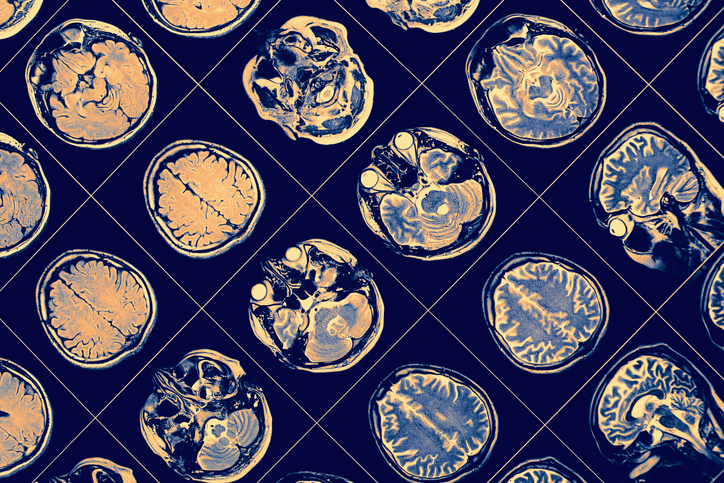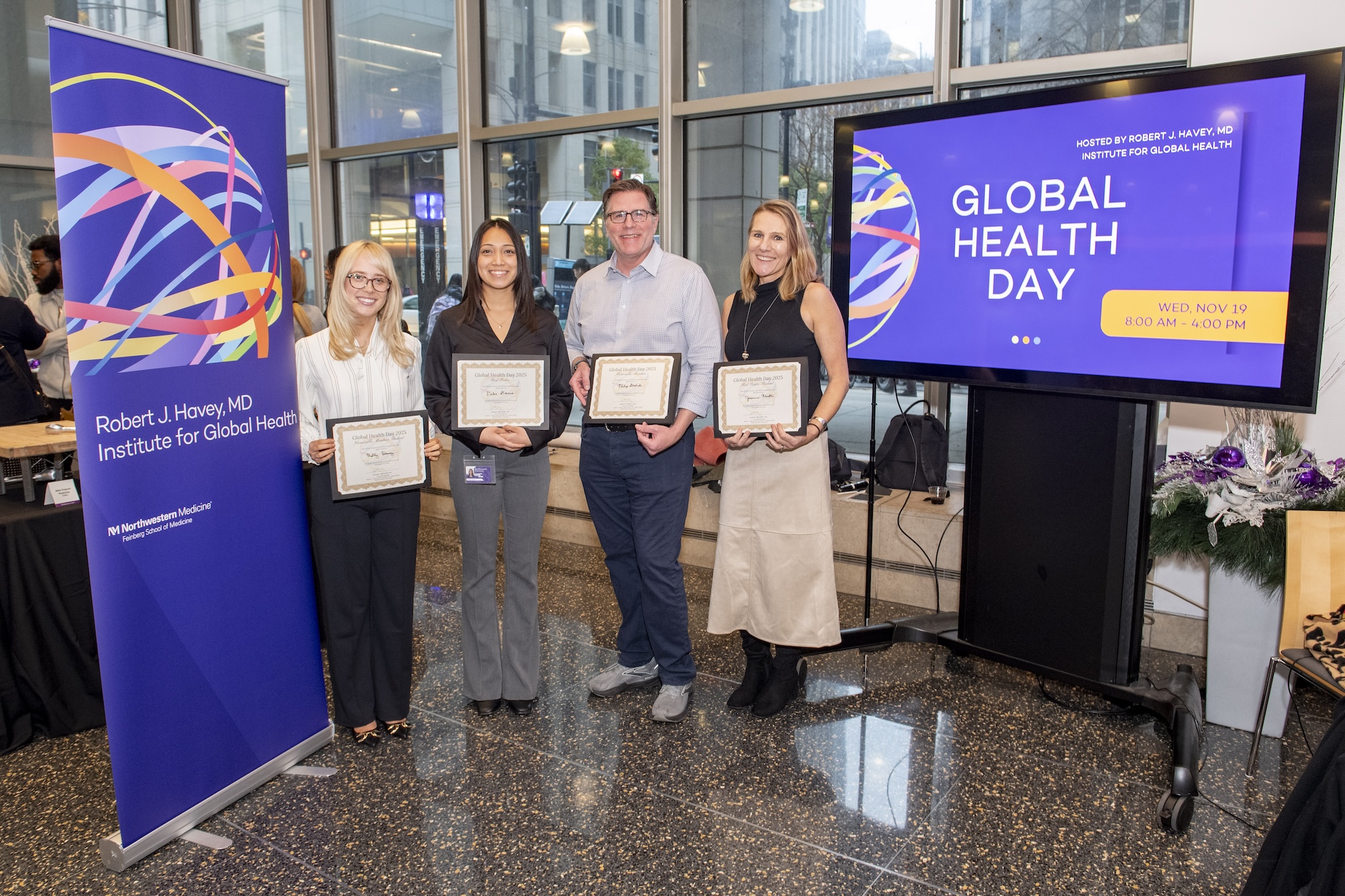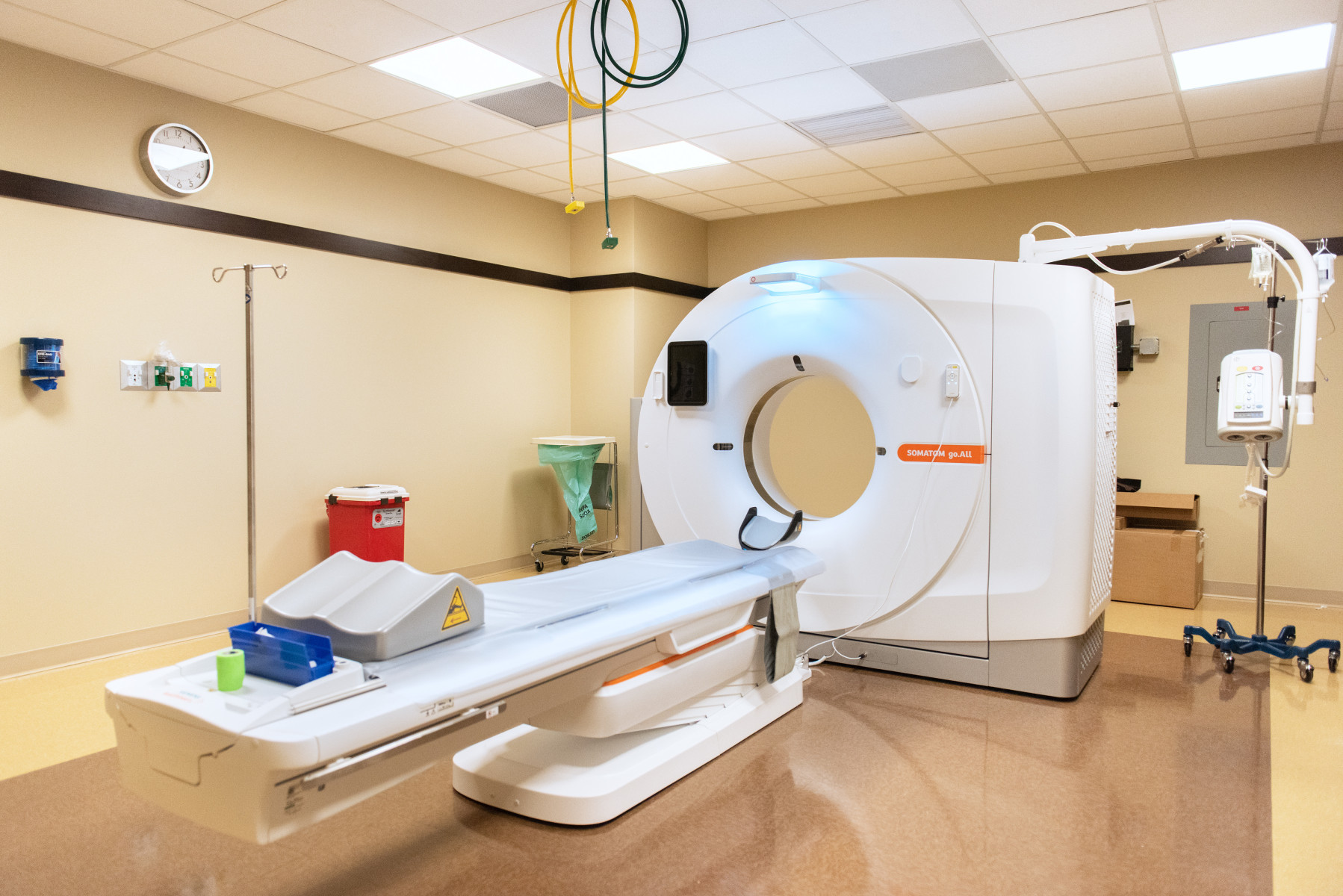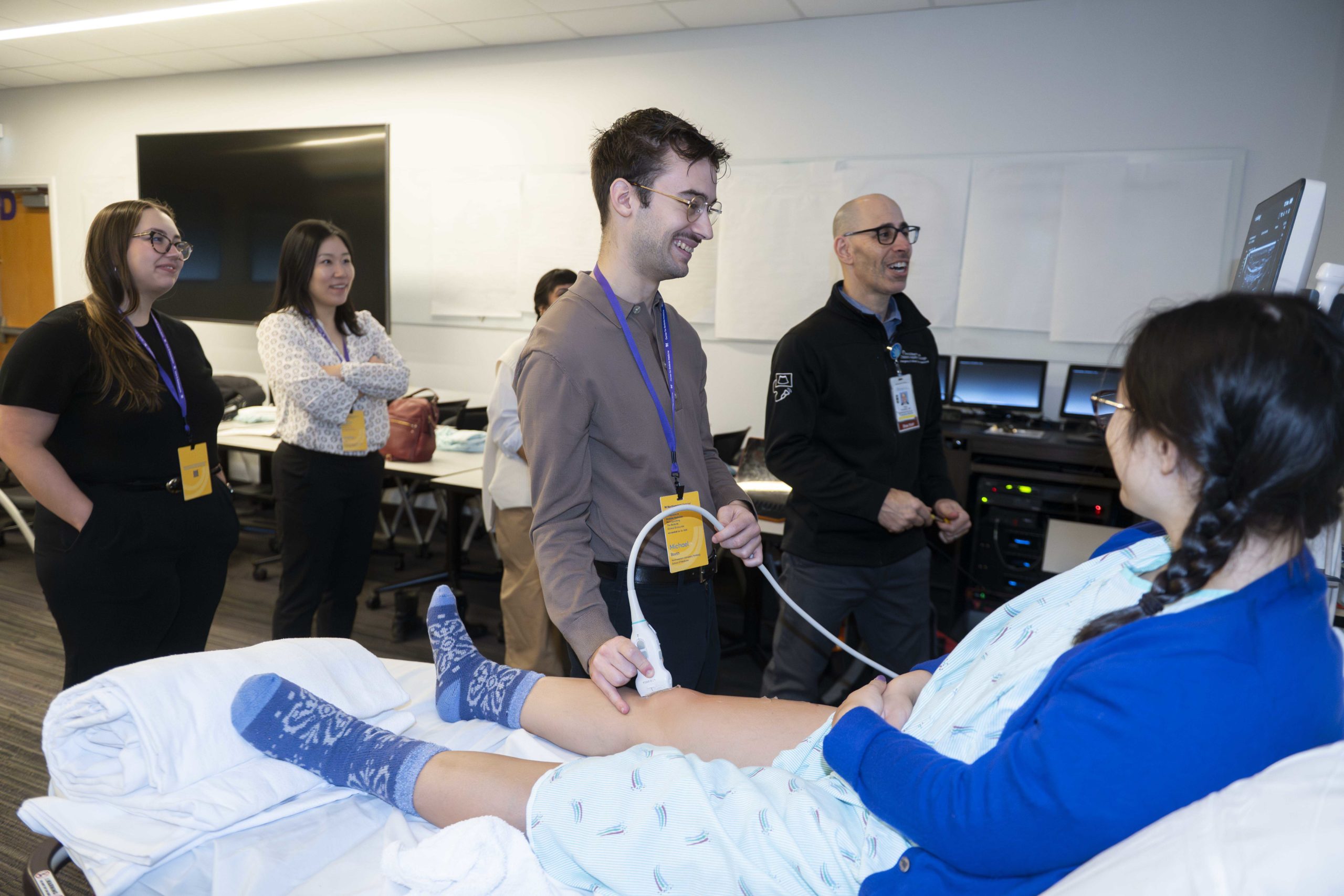February 6, 2007
|
Contact: Marla Paul at (312) 503-8928 or at |
Gene Implicated in Alzheimer’s Disease Also Raises Cerebral Palsy Risk in Kids
CHICAGO—Apolipoprotein E (APOE), a gene associated with heightened risk for Alzheimer’s disease in adults, can also increase the likelihood that brain-injured newborns will develop cerebral palsy, Northwestern pediatrics researchers at Children’s Memorial Research Center have discovered.
This is the first identification of a gene that increases susceptibility to cerebral palsy. Results of the study, published in the February issue of Pediatrics, may enable early identification of children who are at risk for poor neuro-developmental outcome after brain injury as newborns and thus target those children for early therapeutic intervention.
The lead scientist on the study was Mark S. Wainwright, MD, PhD, assistant professor of pediatrics and molecular pharmacology and biological chemistry at Northwestern University’s Feinberg School of Medicine and a member of the Children’s Memorial Research Center. Dr. Wainwright is also a researcher in the Center for Drug Discovery and Chemical Biology at the Feinberg School.
Dr. Wainwright and his laboratory group compared APOE genotypes in 209 children with cerebral palsy and a matched control group of children in good health. They found that children who carry the E4 or the E2 form (or allele) of the APOE gene are not only more likely to develop cerebral palsy but also to have more severe neurologic impairment following perinatal brain injury, just as adults who carry the E4 form of the APOE gene may be more susceptible to developing Alzheimer’s disease and have worse outcome after brain injury, including stroke and head injury.
Overall findings from the study showed that carrying the E4 allele was associated with greater than a threefold-elevated risk for cerebral palsy. The risk was higher for children with quadriplegia/triplegia and was associated with more severe motor impairment in this group.
Cerebral palsy affects 2 in every 1,000 school-aged children in the United States, has an annual economic toll on society estimated at $5 billion, and is the most costly of the clinically significant birth defects in the United States.
Cerebral palsy encompasses a diverse group of disorders characterized by nonprogressive impairment of motor function resulting from injury to the developing brain. The birth defect is often associated with impaired intellectual function, sensory deficits, behavioral disorders, and seizures. In the majority of cases, a specific cause for cerebral palsy cannot be identified.
The protein apoE that is coded by the APOE gene is produced in the brain where it plays multiple roles including protecting against injury. Dr. Wainwright said that the contribution of the APOE gene to susceptibility to neurologic injury might vary with age and the nature of the brain injury.
“People who carry the E4 allele may not be able to recover as effectively from a brain injury, making these newborns at greater risk for developing cerebral palsy,” he said.
Dr. Wainwright hopes to conduct additional studies to confirm these findings in other populations and evaluate the role of the apoE protein in specific biochemical pathways in the brain for development of cerebral palsy after perinatal brain injury.
Dr. Wainwright’s co-researchers on this study were Maxine M. Kuroda, PhD, MPH, research assistant professor of pediatrics; Mary E. Weck; John F. Sarwark, MD, professor of orthopaedic surgery; and Aaliyah Hamidullah.
This study was supported by the Children’s Memorial Research Center Seed Grant Program and by a grant from the United Cerebral Palsy Research and Educational Foundation.
Children’s Memorial Research Center is one of only a handful of research institutions in the country devoted solely to children. It is part of Children’s Memorial Hospital, Chicago, which is one of the top pediatric hospitals in the country and number one in Illinois as ranked by U.S. News & World Report. Its physicians are faculty members at Northwestern University’s Feinberg School of Medicine.






